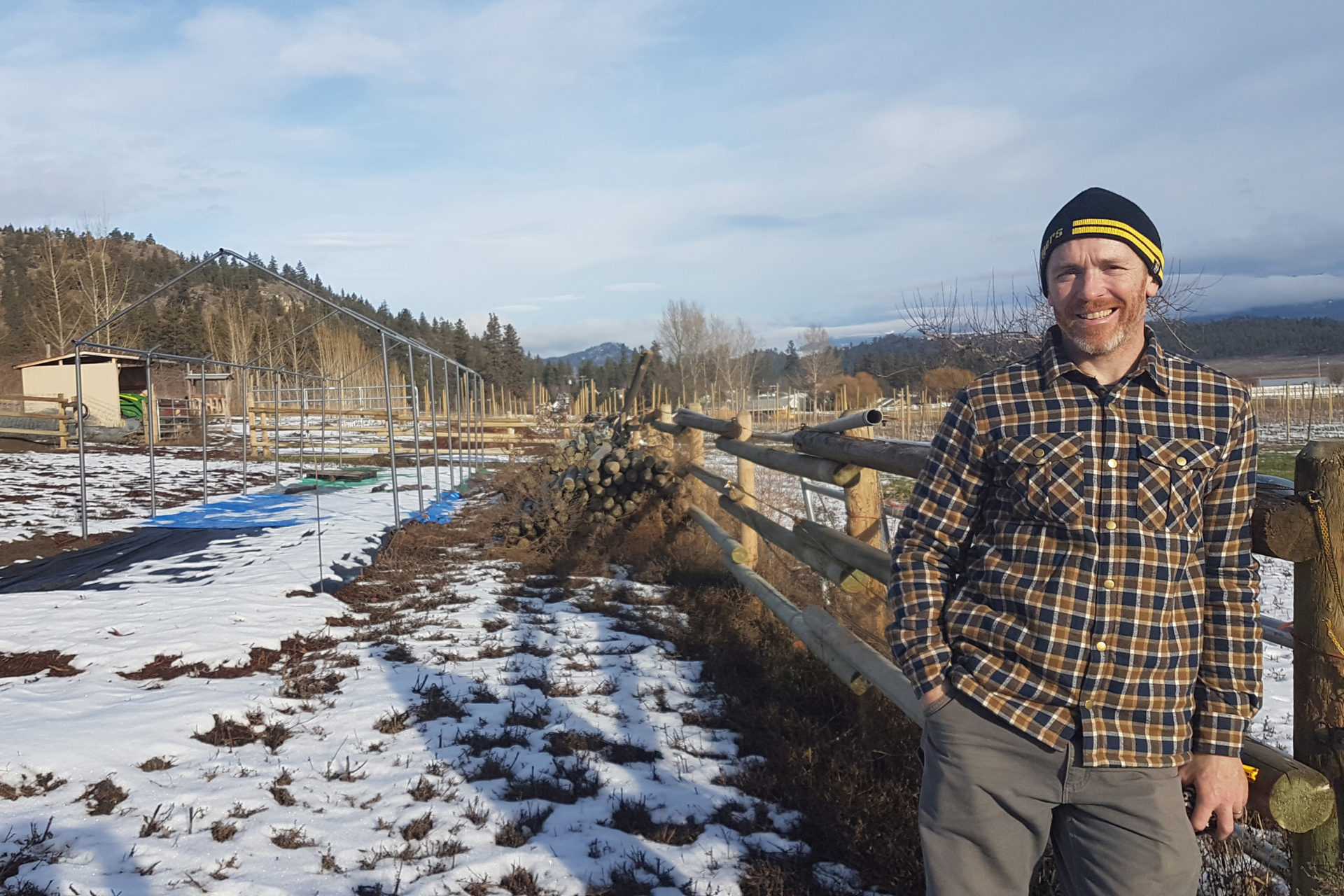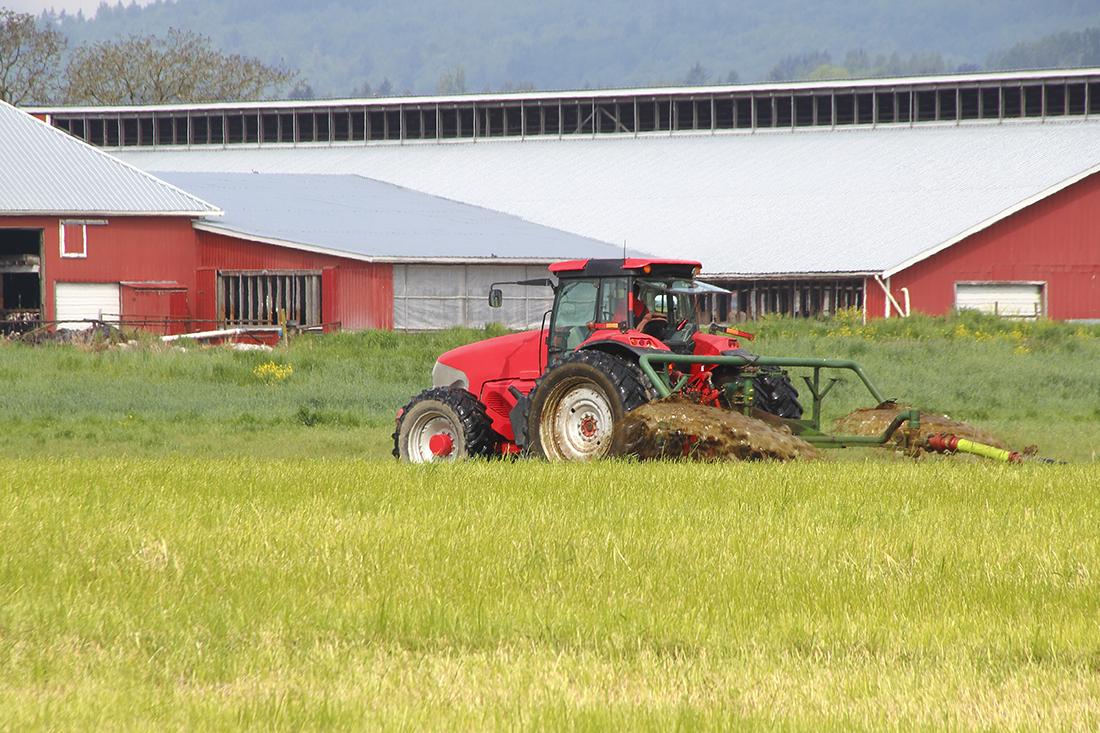KELOWNA – Lightfoot Farm owner Simon Answerth is the sole graduate of a three-year farm incubator program spearheaded by the Central Okanagan Community Farm Society and run in conjunction with Trinity Baptist Church in Kelowna.
Two years into the incubator program, he also completed a one-year business mentorship program organized by the Young Agrarians.
Together, the projects enabled him to learn to grow market garden vegetables
“It gave me the leg up I needed,” says Answerth who adds that the real-life experience, plus watching YouTube videos of people like Curtis Stone, taught him how to farm.
The former electrician is digging into one of two acres of irrigated land in the Glenmore neighbourhood of Kelowna that he’s leasing for $500 a year from a professor at UBC Okanagan. The owner used to have horses but was looking for someone to farm his property, which is already home to a mature cherry orchard and a newly planted high-density apple orchard.
Backed by 15 years’ experience in the construction sector, Answerth, who grew up in Australia, has divided the acreage into 45×45-foot sections. Part of the land will house two 100-foot-long hoop houses.
“I’ve ordered about 60 to 70 seed varieties,” he says, showing off new digs that include a frame greenhouse for a nursery. He’s in the midst of running power to it from the house and hand-digging the trench, a reality for penny-pinching producers keeping costs in check.
While he knows he’s ordered too many varieties, this is an experimental year to determine what grows best on unfamiliar ground. Last fall, he seeded garlic plus a cover crop of fall rye, peas and oats to prepare the soil for spring seeding. He’ll grow root veggies and lots of salad greens, keeping track of everything in a spreadsheet to determine the best growers and sellers. Lightfoot Farms isn’t certified organic, but Answerth will do what he can to be a low-input grower.
He’s converted a small, former tack room into a heated production area for microgreens such as pea, radish and sunflower shoots. Past experience has proven them to be good sellers in 10×20-inch flats.
“They’re a bit finicky to grow but this will be easier than growing them at home. I can grow them all year long here and the restaurants love ’em. During the summer, it’s a seven-day turnaround and you get $20 a flat,” he explains.
His market includes local restaurants and farmers’ markets in Lake Country, with Peachland and Kelowna possible this year. He loves the markets, but breaking in as new vendor when there are large, long-time sellers, is challenging. Shoppers have habitual stops so he thinks small markets where there is less competition for ongoing vegetable sales might be better venues.
He continues to pursue restaurants, including craft breweries that want unique foods to pair with their specialty beers. These businesses typically take larger bulk orders, which makes economic sense. He’s also sold wholesale to grocery stores. Diversifying his market is smart, and required.
“It’s easy enough to grow it; the issue is marketing,” claims Answerth who was initially surprised that cold calls didn’t result in more business. Despite strong interest in buying local, his CSA program didn’t take off. He believes it’s because people were weary of putting down money up front.
He’s also contemplating direct sales from the farm gate but he fears having to have staff on hand to service customers will be costly. He knows the operation needs to run lean to maximize profit.
“A lot of good farmers talk $100,000 an acre income,” he says. “If we can double what we made last year, seeing we’re on double the space we had last year, I think that’s quite achievable.”
Since the pilot program required him to have his own hand tools, he was able to bank some money. That, plus a bit of a nest egg, has enabled him to carry on farming. Yet without owning land, traditional financing, even for smaller purchases like a walk-behind tractor, is tough to secure.
Answerth is disappointed that more people didn’t graduate from the incubator program, which originally had nine people. Without such opportunities, it will be tougher for non-farmers like himself to enter agriculture.
“We’re lucky we could make the jump, but a lot of people can’t,” he says.


 Going green boosts ranch’s credibility
Going green boosts ranch’s credibility